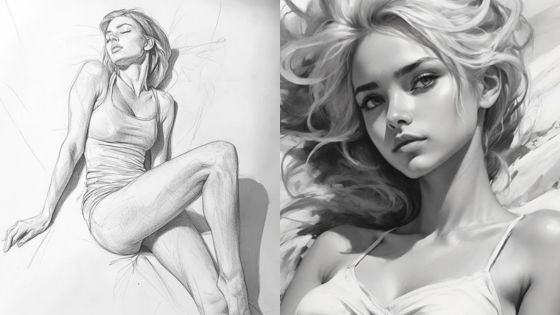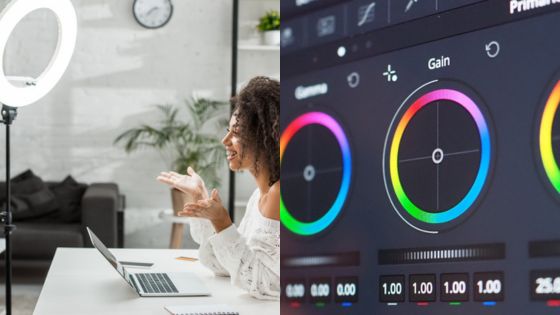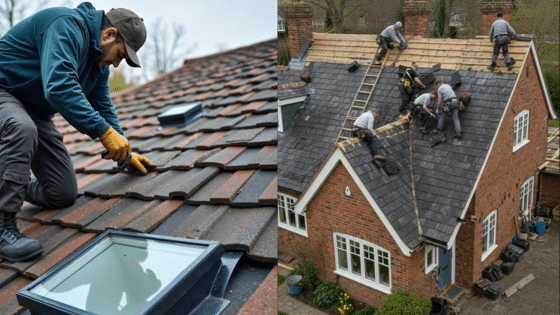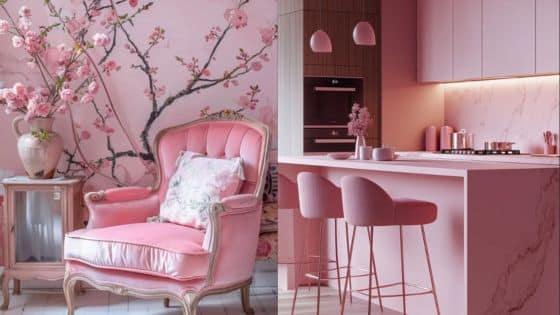Creative collage art for walls offers a simple way to transform any space with personality and style. It combines photos, artwork, and other elements to create a visual story that feels both personal and fresh. A well-made wall collage can turn plain walls into meaningful displays that capture memories and add warmth to a home.
People often choose different themes and layouts to match their space and taste. From vintage postcards to family photos or nature-inspired art, collages allow for endless creativity. Using various sizes, frames, and textures helps make the display more interesting and eye-catching.
Whether decorating a cozy corner or a large room, collage art provides a unique and affordable way to show personality. It invites creativity and can be changed or updated over time to keep the space feeling new and inspiring.
Creative Collage Art Styles
Creative collages come in many forms, each with its own look and feel. Some focus on sharp shapes and clean lines, while others bring in old photos or combine different materials. These styles let people choose the best way to show their personality and fit their space.
Modern Geometric Collage
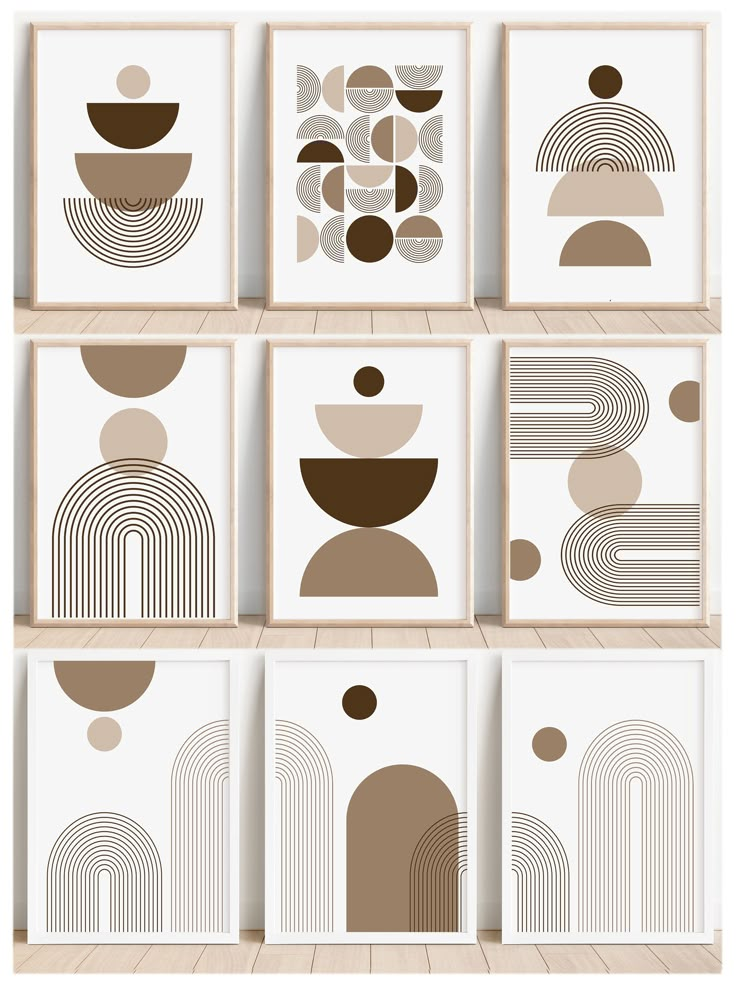

This style uses simple shapes like triangles, squares, and circles arranged in clear patterns. It often features bold colors or monochrome palettes to keep the look clean and sharp. The key is symmetry and balance, making walls feel organized and fresh.
People often use cutouts from magazines, colored paper, or printed geometric designs. It works well in modern homes and offices, adding a cool, artistic touch without clutter. Lighting can highlight the shapes and create shadows that add depth.
Vintage Photo Montage

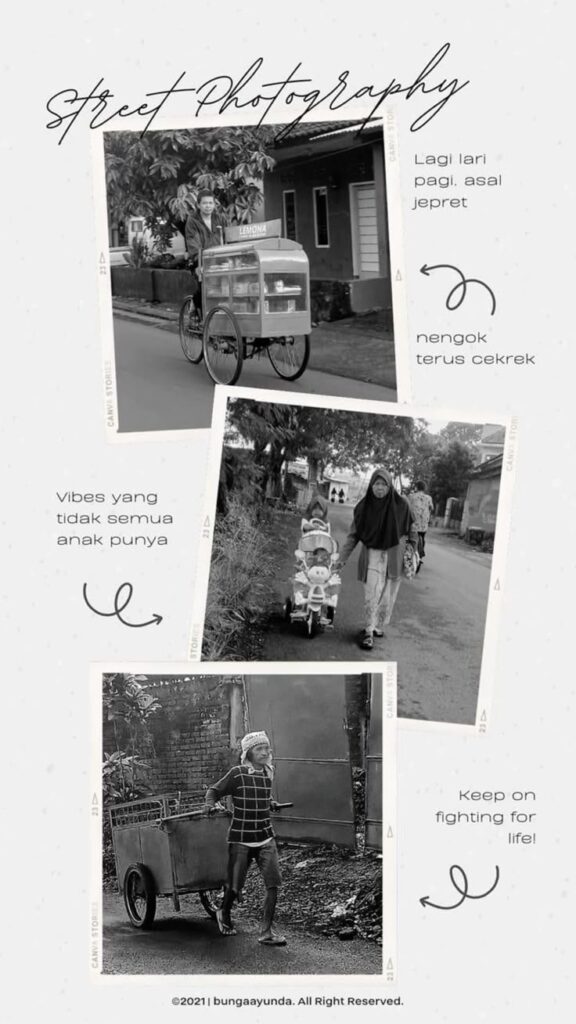
A vintage photo montage brings old memories to life on the wall. It uses black-and-white photos, postcards, or sepia-toned prints arranged tightly or in grids. This style adds nostalgia and warmth to a room.
Collectors arrange photos by theme, like family history or travel. Adding vintage frames or textured backgrounds like old paper can enhance the look. This style fits well in cozy spaces or places where people want to celebrate the past.
Mixed Media Assemblage
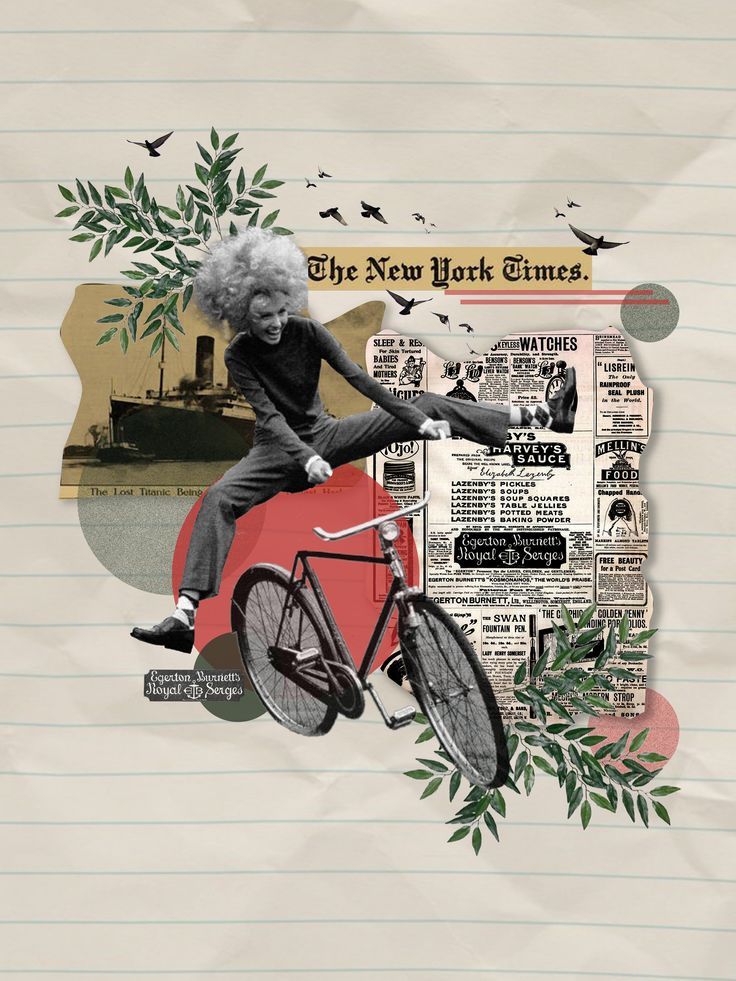
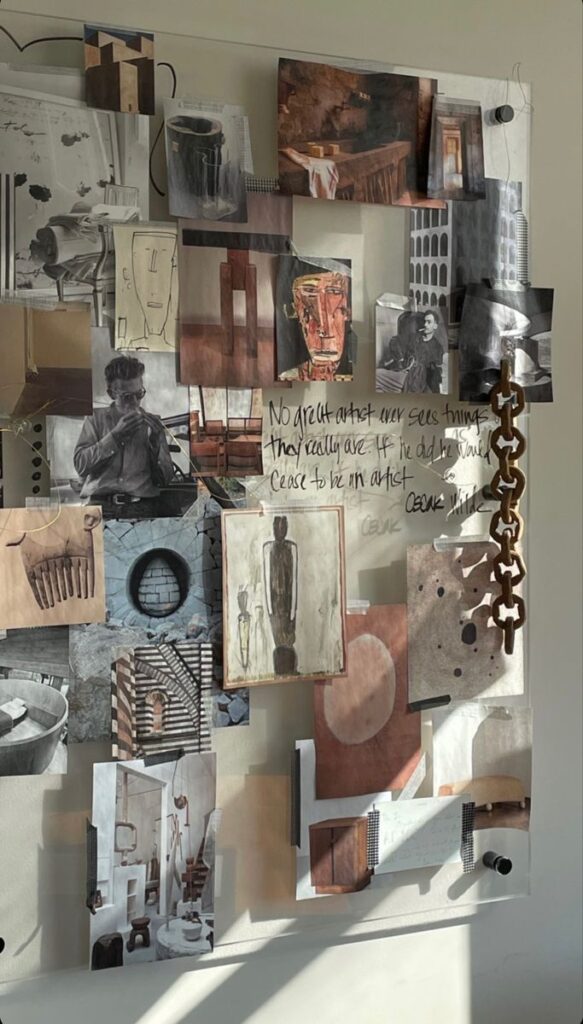
Mixed media collages mix photos, fabric, paper, and small objects. This style feels dynamic and layered because it combines flat art with real-world items. It’s a personal way to include different memories and textures in one display.
Artists might add buttons, pieces of cloth, or natural items like leaves. The arrangement is less structured, giving a free-spirited vibe. This type works well in creative spaces or rooms that want a bit of artistic chaos and charm.
DIY Techniques for Wall Collages
Creating a wall collage involves choosing the right materials, arranging elements thoughtfully, and adding layers of texture for interest. Each step helps build a unique design that fits the space and style.
Selecting Materials and Tools
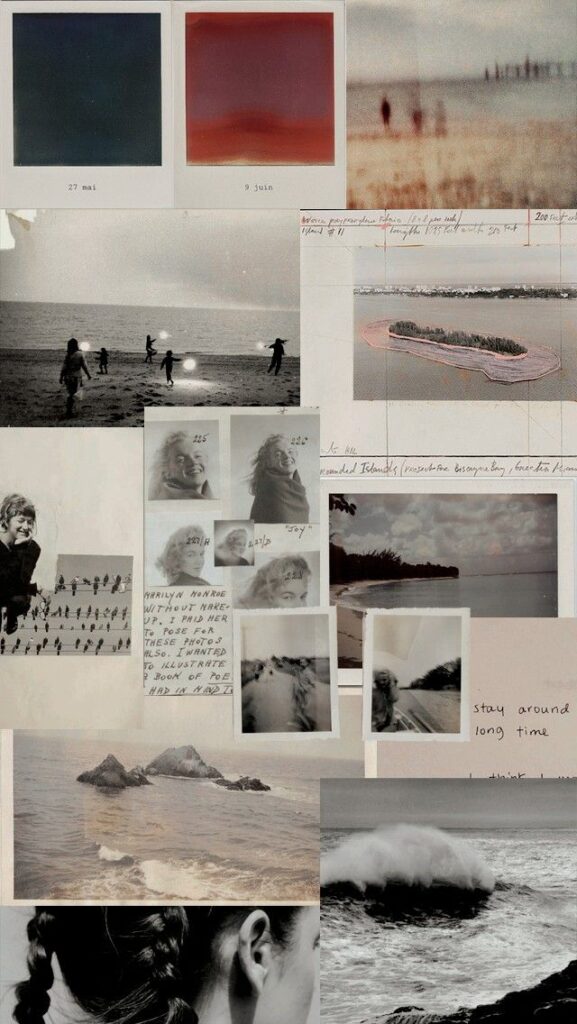
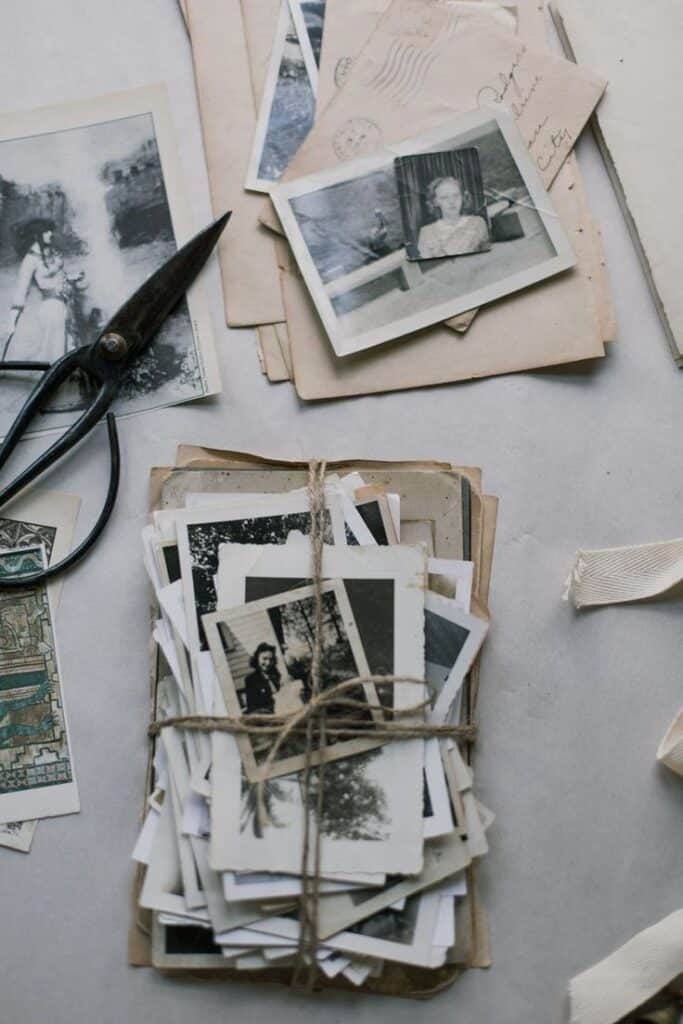
Choosing the right materials is important for a successful collage. Photos, magazine clippings, fabric scraps, postcards, and small objects work well. Using sturdy backing like foam board or heavy paper helps keep everything in place.
Basic tools include scissors, glue sticks, double-sided tape, and a ruler for neat edges. For hanging, nails, picture hooks, or adhesive strips are useful depending on wall type. If using heavier items, stronger adhesives or frames might be needed.
Planning the size of the collage and which pieces to include before starting helps avoid clutter. It’s good to test layouts on the floor or table before fixing pieces on the wall.
Layering and Composition Tips
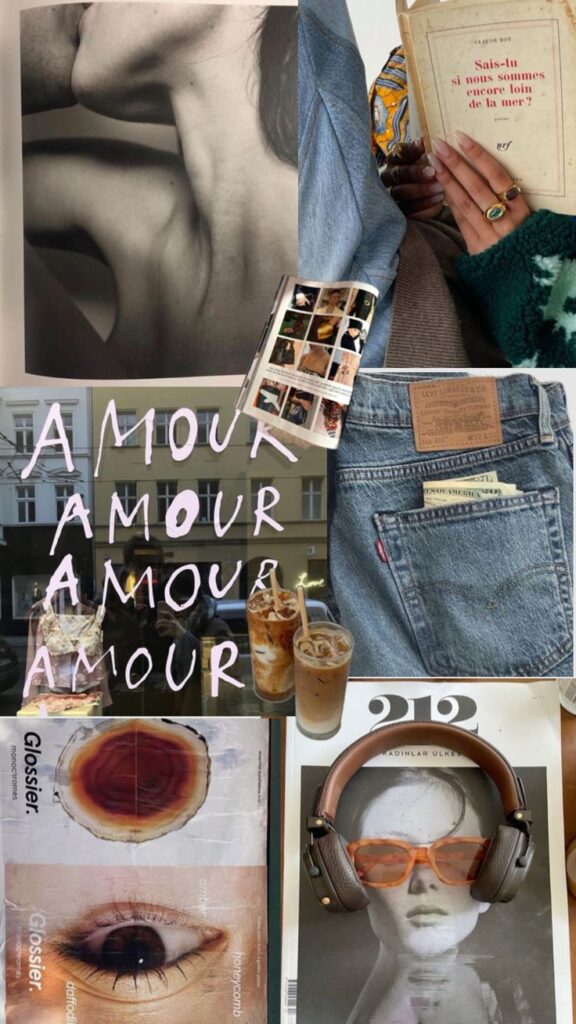
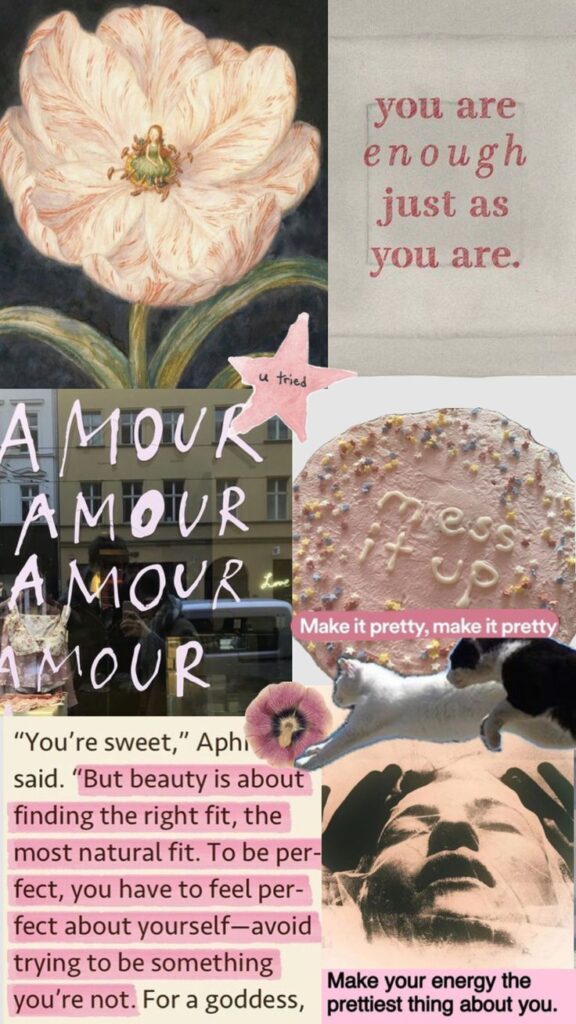
Layering creates depth in a collage. Starting with bigger items at the back and placing smaller ones on top works well. Overlapping pieces adds visual interest but should not hide important parts.
Using a mix of shapes and sizes balances the collage. Grouping items by color or theme creates unity. Blank spaces or simple backgrounds give the eyes a place to rest and keep the design from feeling crowded.
Trying different arrangements before gluing helps. They can also use paper or painter’s tape to temporarily stick pieces to the wall while deciding the best layout.
Incorporating Textures
Adding texture gives a collage a tactile quality that stands out. Materials like fabric, ribbon, pressed flowers, or lace add softness and variety. Using textured paper or cardboard also changes how light hits the collage.
Small 3D objects such as buttons or beads add dimension. These need to be attached securely with hot glue or strong adhesive.
Mixing flat and raised elements draws attention and creates a layered effect. Since textures make the collage more eye-catching, placing these materials carefully prevents the design from feeling messy or heavy.
Inspiring Ideas for Home Decor
Creative wall collages can transform spaces by mixing personal touches, seasonal themes, and artful combinations. Using photos, artwork, and decorative objects helps bring character and warmth to any room. Thoughtful layouts and themes make each wall unique and meaningful.
Personalized Family Collages
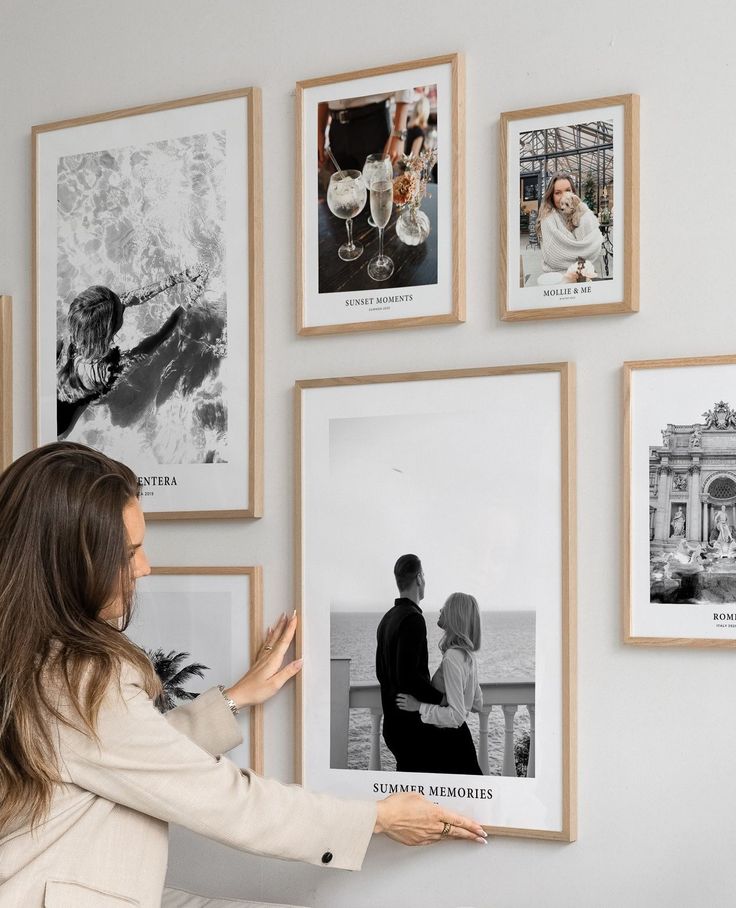
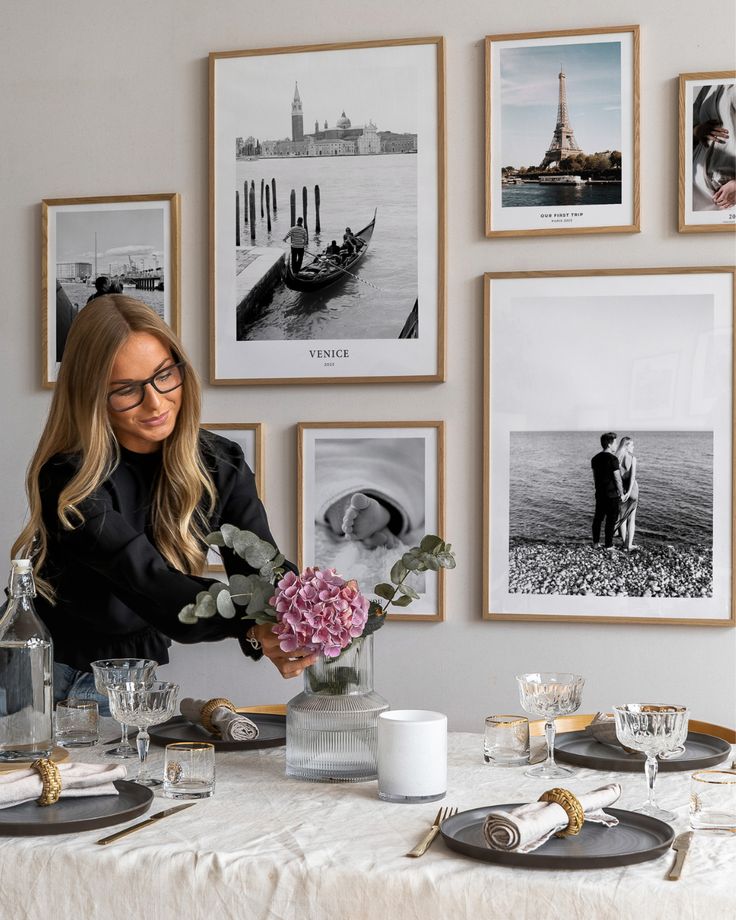
A family collage brings memories to life by combining photos, keepsakes, and meaningful items. It can include pictures from trips, celebrations, or candid moments. Adding small objects like ticket stubs or handwritten notes adds a personal touch.
Frames of different sizes and styles work well, but sticking to a color palette keeps the display organized. A grid layout can look tidy, while an organic arrangement feels relaxed and natural.
Using a mix of black-and-white and color photos adds depth. Including names, dates, or short captions in the collage makes the story clear and inviting.
Seasonal and Themed Arrangements
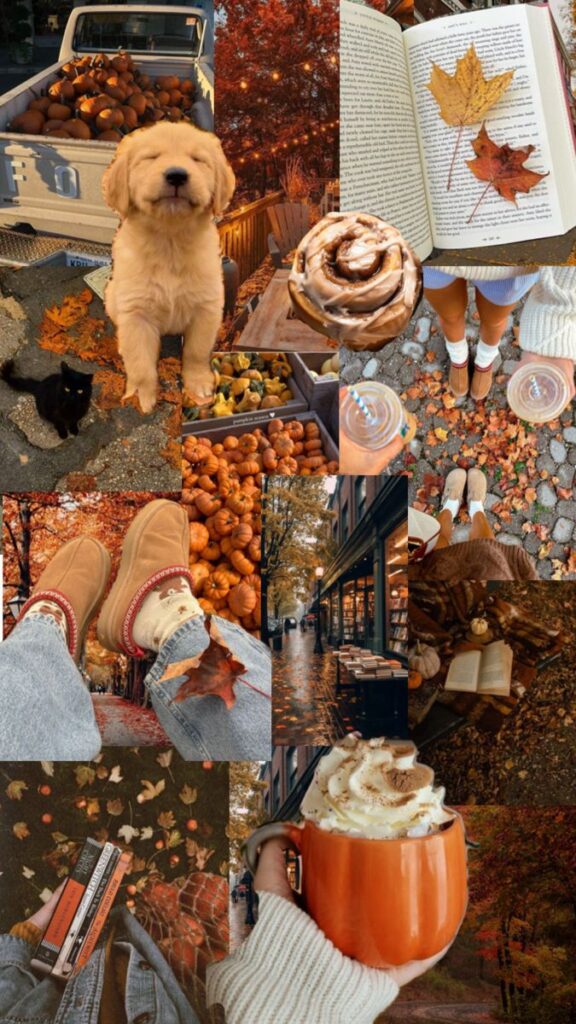
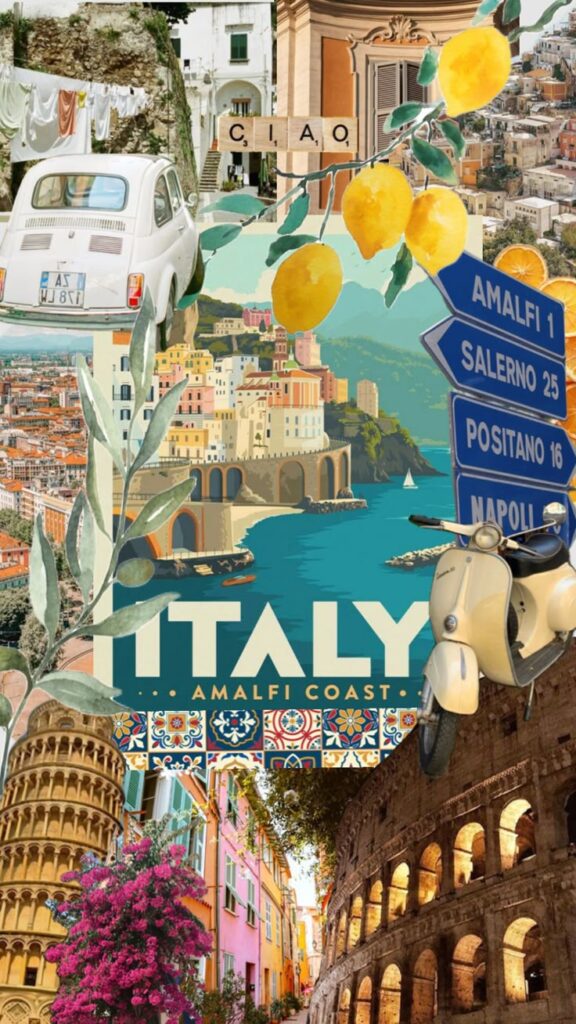
Seasonal collages update a room’s look throughout the year. They can reflect holidays, nature changes, or special events. For example, a fall collage might use warm colors, leaves, and pumpkins, while a winter one could showcase snowflakes and cozy textures.
Themed collages focus on specific ideas like travel, hobbies, or favorite animals. Mixing items related to the theme, such as maps, postcards, or artwork, helps tell a clearer story.
Lightweight materials like paper or textiles make it easy to swap pieces in and out. Using matching frames or a consistent style helps the collage look neat even when updated often.
Gallery Wall Combinations
Gallery walls blend different types of art and objects in one space. They can combine paintings, photos, textiles, and even 3D items like woven baskets or small sculptures. This mix adds texture and interest.
Choosing a balance between large and small pieces helps the eye move naturally across the wall. Keeping some empty space prevents the display from feeling cluttered.
A common color scheme or theme unifies the look. Using tools like paper templates on the wall first helps plan the perfect layout before hanging anything. This makes arranging the pieces easier and more precise.
- 0shares
- Facebook0
- Pinterest0
- Twitter0
- Reddit0
